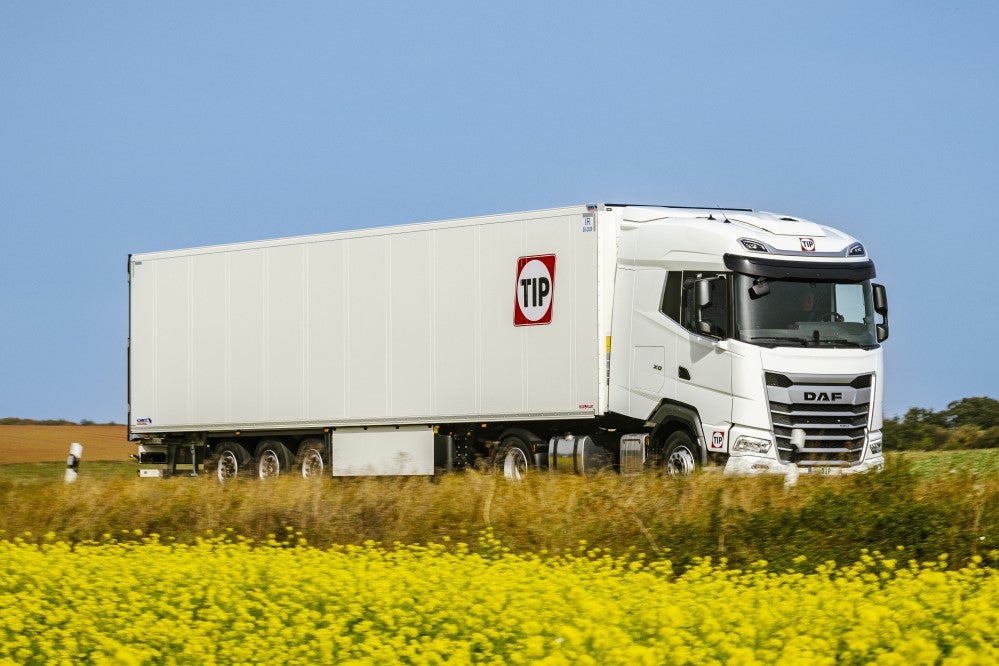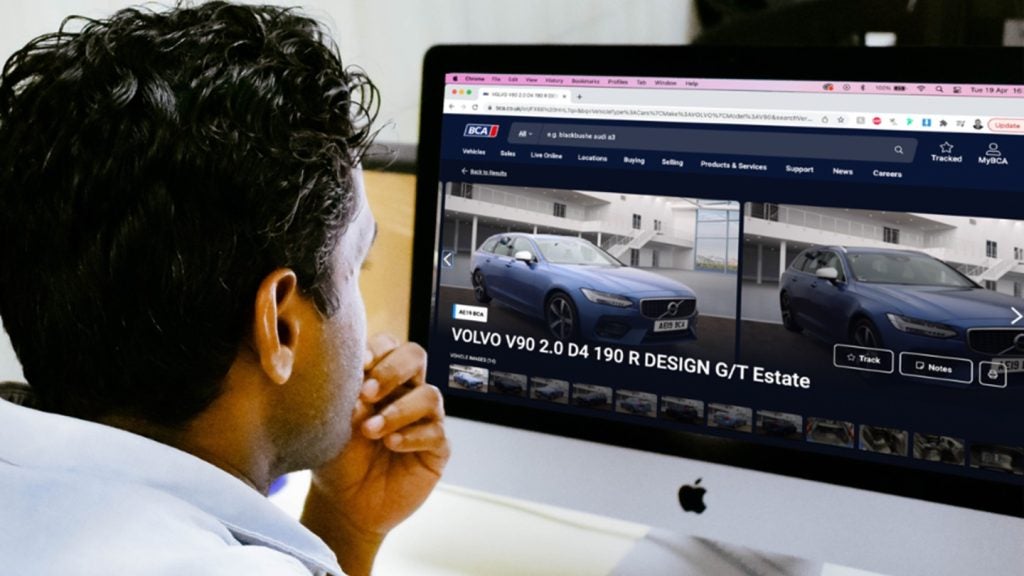
The motor finance operating environment is changing rapidly. Indeed, the entire sector is on the cusp of a revolution when it comes to the methods that people are using to choose and finance their new vehicle, be it brand new, or used.
Until relatively recently, the main route for most private customers was to select and finance their vehicle through a visit to a dealer’s showroom. There, they could ‘kick the tyres’ and physically see the vehicles and speak face to face with a staff member who would explain the various financing options open to them, together with any part-exchange values where applicable.
However, while physically visiting vehicle showrooms will remain important for many people, especially those for whom buying a car remains an emotional process, the inroads being made via digital channels are providing customers with the ability to interact with their motor finance provider on a much deeper level than ever before.
This parallel has already been seen in the banking sector. Most of us now take the ability to service our accounts 24/7, 365 days a year, for granted. Long gone are the days when we need to visit a high street branch to manage our accounts.
Indeed, so engrained is online banking in the UK’s collective psyche that the numbers relating to its usage are eye-opening. Digital banking statistics show that a staggering 93% of UK people were using some form of online banking in 2022, with almost a quarter (24%) of British people now having a digital-only bank account in 2023 – a huge leap from only 9% in 2019.
However, compared to the banking sector, which has a high digital maturity, auto finance providers still have an enormous opportunity to blaze a trail when it comes to offering customers a sophisticated online journey – although substantial changes are already being seen.

The digital personal touch
Who owns the end consumer? This is a debate that has been changing over time – but the advancement of digital technology has arguably detonated a seismic shift in the topic.
The main, overall development comes from the fact that technology is providing motor manufacturers themselves with the benefits of having a much more direct relationship with their customers. There is now a different role for dealerships, perhaps with more focus on the used vehicle market.
Previously, dealerships formed a part of the supply chain that commanded a substantial commission to be paid by the manufacturer for arranging the sale.
However, by dealing directly with the customer, a higher margin can be enjoyed by the manufacturer, who in turn also benefits from direct marketing straight into the customer’s inbox, often for many years following the sale. This provides an ideal platform to showcase new vehicles and company developments – in short, a direct route to potential lucrative further revenue.
This personal relationship, and the valuable personal information that comes with this, also provides an opportunity to provide tailored finance options – something with the potential to benefit both parties.
In short – digital channels provide a direct route to market for the motor manufacturer. This, coming at a time when the amount of motor finance being provided is expected to rise sharply, is causing a significant restructuring across the sector.
A core personal finance component
Motor finance is rapidly growing as a mainstream component of UK financial services.
During 2022, the finance debt for new and used cars reached £40 billion per year, enough to raise concerns that increased numbers of consumers may default on their vehicle agreements amid soaring living costs. This, coupled with rising energy prices and costly raw material costs is making new cars much more expensive – leaving multiple sources indicating that people are needing to take out more finance to purchase them.
Just one of these sources, the Office for Budget Responsibility, has predicted that the total UK household debt will climb from £2,006 billion in 2020 to £2.354 billion in 2025, resulting in an average total debt of £82,641 per household in the UK.
Motor finance is set to feature as a major part of this rising debt. Indeed, research shows that from 2009 to 2022, the average amount of money borrowed to buy a new car increased from £11,964 to £25,039. With figures like these, it is arguably time that the UK’s motor finance providers provide more flexible finance options and offer better terms to customers based on their individual needs.
Fintech and motor finance providers
There was a time when a physical signature on a finance contract in a dealer’s showroom would be the way that most of us purchased a new vehicle. Other than making the regular payments, the nuts and bolts of the finance agreement were largely forgotten about for another three or four years. Indeed, many people were doubtless unaware of vital components of the agreement, such as the interest rate being paid, or even whether it would be possible to end the agreement early by trading in the vehicle for a new one part-way through the contracted period.
However, as we have already stated, the motor finance world is changing. With the number of people borrowing money to purchase a vehicle expected to increase, lenders have a golden opportunity to increase their engagement with customers and offer new services and live reminders about contract mileage limits, servicing, and other new features such as online upgrades.
This is a chance that should be seized. If it is not grasped with both hands, motor finance providers are potentially missing out on multiple opportunities. Indeed, we have hard evidence that since investing in digital channels, one UK-based motor finance provider has generated 717,000 new registered automotive users through their online portal.
A more theoretical example comes by analysing the opportunities that arise from the Personal Contract Plan (PCP). Once the agreement comes to an end, customers usually have the option to make a final payment to keep the vehicle, re-finance the same vehicle or hand the vehicle back and start again. A relatively simple online dashboard will enable them to action all these options, even allowing them to take out a loan to make the final payment if needed.
Furthermore, an enhanced digital offering enables providers to understand their customers a lot better. Whereas traditionally, motor finance has been led by the business manager at a dealership, someone who has a pile of other responsibilities too, the data can now easily be collated. It is there to analyse and can be used to design products that exactly meet customers’ future needs. This is essential, as it will assist providers to move away from simply offering a general product to everyone and move towards the much more important model of offering specific products to specific people.
Online systems also provide a much more streamlined process to enable regulatory functionality. They allow the customer more time to review the agreement details, often in the comfort of their own home, allowing them to carefully weigh up all implications of entering into the agreement, proving that the stringent Treating Customers Fairly (TCF) guidelines have been met. This is especially important when it comes to dealing with vulnerable customers. All evidence can be given to regulatory authorities if needed, certainly far easier than if an agreement has been verbally explained in a noisy showroom.
Technology can help consumers
When it comes to the customer, the key thing is that a good online offering can provide the tools to service their agreements and gives them ownership over their financial affairs.
It gives them choices, and it provides them with the information they need at their fingertips to make an informed decision, in much the same way they take for granted when it comes to taking out a new savings account, loan or insurance policy.
When you consider the significant sums often involved, with expensive vehicles rapidly becoming the norm in both the new car and used car markets with the listing price going ever-skywards, is it not time to make such functionality the norm for lender and customer alike?
Time is right
The banking sector arguably flies the flag for the wider financial services industry when it comes to online account functionality and user experience.
However, the time is now right for the auto finance sector to look at how it can enhance the journey experienced by its customers. The cost-of-living squeeze is expected to lead more people to take out some form of auto finance agreement – and motor finance providers need to look at how they can capitalise on this. They will also be providing their customers with a much greater level of customer service, which can only be a good thing for all concerned.
Debating the future of motor finance
Cyber defences in the age of digital car finance







